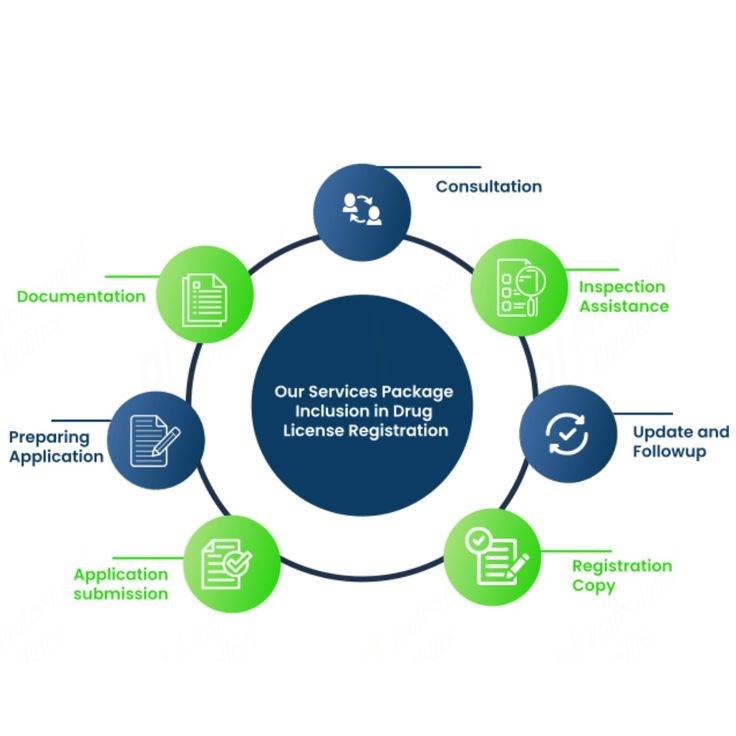Prescription drug costs are on the rise, a critical issue that calls for policies that help strike the balance between affordability and innovation. An effective approach is for Medicare to implement price negotiation mechanisms. This allows the government to negotiate the drugs’ prices directly with the manufacturers, resulting in a cut in the costs without any drawbacks of the pharmaceutical companies’ willingness to invest on the ground breaking research and development.
Another policy solution is to increase transparency in drug pricing. The requirement of pharmaceutical companies to reveal to consumers production costs, research expenses, and profit margins will allow identifying inflated prices. Because of this transparency, regulators and consumers are made able to hold the companies accountable and to reward real innovation while qualifications to pricing are not caused by monopolistic practices.
Generic and biosimilar competition also needs to be promoted. This can greatly reduce costs if we allow the approval process for these alternatives to get streamlined. Policies that guard against brand name manufacturers using legal loopholes or paying for delay agreements to delay generic entry foster a market that is up and running to bring life saving medications in line with innovators’ motivation to develop new drugs.

Moreover, incentivising value based pricing models can bring drug costs in line with how effective they are in the real world. As a result, pharmaceutical companies are motivated to undertake the development of drugs that would bring about significant health benefits, which would help them earn more money through higher reimbursements. This method makes both money and promotes innovation by establishing quality over quantity in drug production.
Finally, expanding public funding of biomedical research will lower the reliance on high drug prices for making up for R&D costs. The financial burden necessary to achieve breakthroughs can be spread by government and private sector partners, removing all, or most, of the financial burden from the consumer. All of these policies, when combined, paint a sustainable framework that achieves both affordability and ensures the mechanism of innovation in the pharmaceutical industry.
Conclusion
In conclusion, Combating rising prescription drug costs without damaging innovation requires a multi pronged approach. Such policies as price bargaining, transparency, the promotion of generics, value based pricing and increasing public research funding can form a balanced framework. These types of measures provide affordability while maintaining financial incentives to pharmaceutical companies to continue developing life saving, and transformative treatments. It's a solution that will be sustainable.